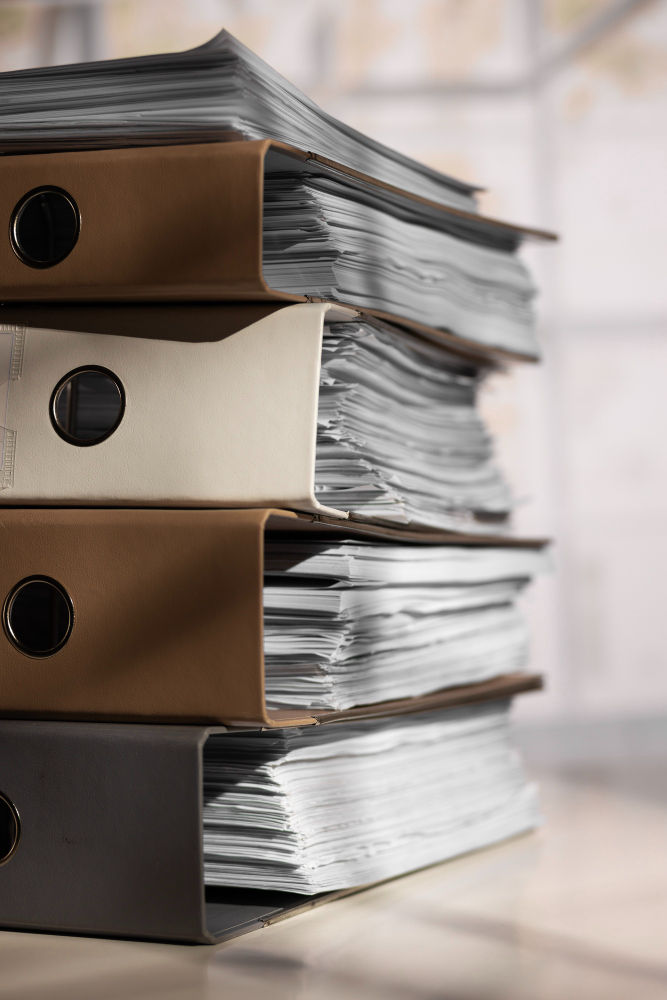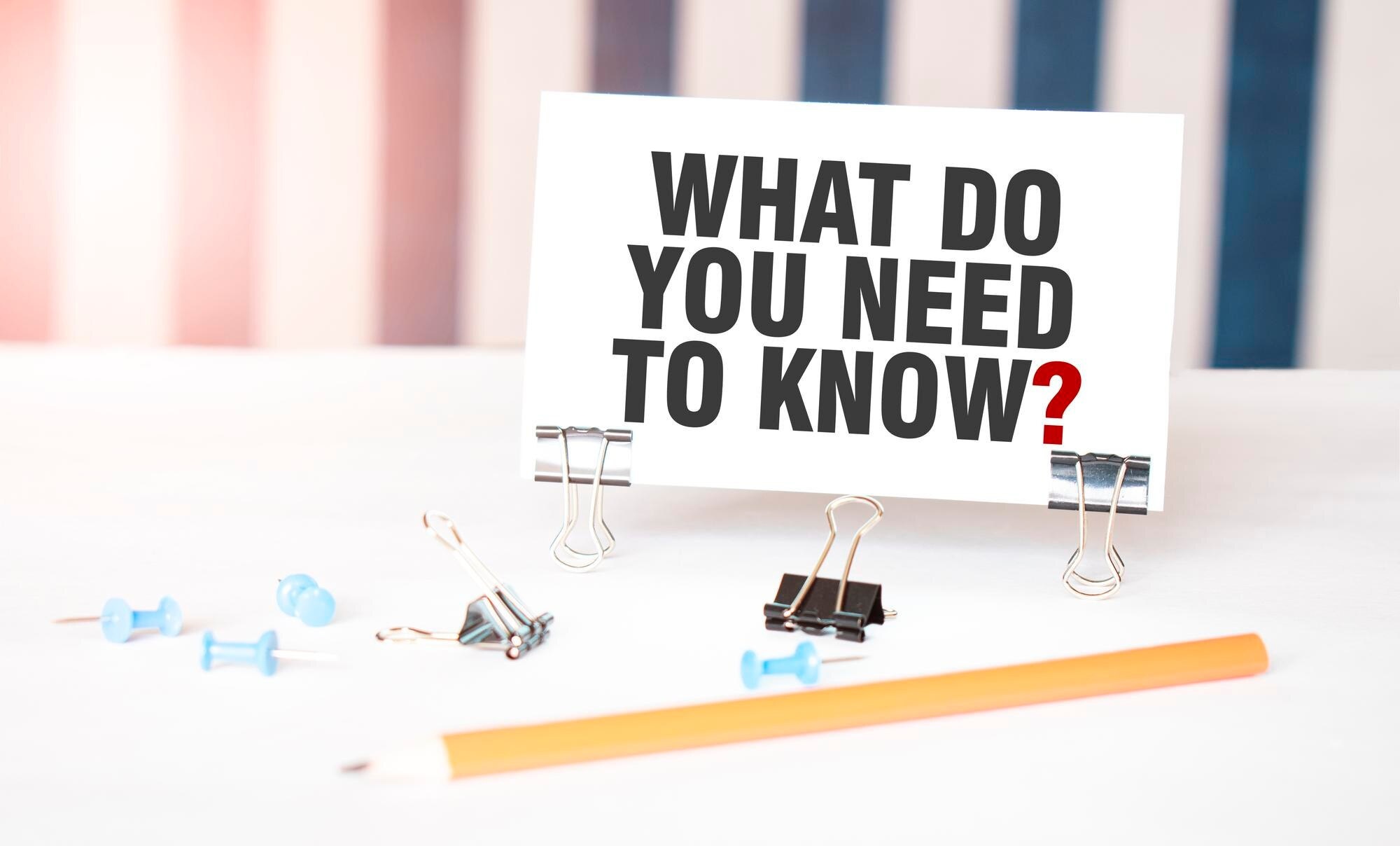As a contractor who is registered under the Construction Industry Scheme (CIS), you’ll need to make sure you’re paying the right amount of tax to HMRC. For subcontractors employed by a contractor, these deductions are made at the source and are subtracted from earnings before pay is received. Contractors are in charge of calculating their own tax deductions for HMRC.
These CIS deductions go towards paying your income tax and National Insurance Contributions (NICs).
When the end of the tax year rolls around on April 5th, you’ll need to file a self-assessment tax return (SATR) to report total income, expenses, and deductions made under CIS. It’s at this point you may find you’ve overpaid or underpaid your tax. Don’t worry, this is easier to rectify than you might think! If you’ve underpaid, you can pay outstanding tax due when submitting your SATR. If you’ve overpaid, you can claim a CIS refund.
Registering for a CIS self-assessment tax return
So, before you can even think about what you need to file a CIS self-assessment tax return, the first thing you need to sort out is registering for your SATR. This can be done on HMRC’s website.
You’ll need to register by October 5th following the end of the tax year when you became self-employed. HMRC will issue you with a Unique Taxpayer Reference (UTR) number, which you’ll need for filing your return.
Already filed a tax return before? Brilliant, you’re one step ahead! You won’t need to register again; simply use your existing UTR number to log in.
What do I need to file?
Okay, the main event. Here’s a breakdown of what you need to have to hand for filing your CIS tax return:
Personal Information
- National Insurance (NI) Number: Your unique NI number.
- Unique Taxpayer Reference (UTR) Number: A 10-digit number you’ll receive after registering for self-assessment with HMRC.
- Personal details: Full name, address, and contact information.
Income Information
- CIS deduction statements: If you work for a contractor, they should provide you with a CIS deduction statement. Also known as a payment statement, it’ll show the amount of CIS tax that’s been deducted and the total amount paid to you.
- Invoices & payment records: Make sure you keep work-related payment receipts and invoices as these will help you calculate your total income from your self-employment.
- Bank statements: These can help verify any payments that have been made and confirm your income.

Expense Information
- Business expenses: There’s a fair few expenses that are allowable under CIS so be sure to do some research and keep track of things you can claim back for later. A few examples are materials, tools, and travel expenses. You’ll need receipts to make sure you can prove these claims.
- Mileage records: Use your vehicle for work? Keep a log of miles travelled and any relevant expenses, as these can often be claimed as business expenses.
- Insurance costs: If you pay for business insurance, such as public liability insurance, include the details in your return.
Other Relevant Documents
- Previous tax returns: If this isn’t your first year of filing, keep a copy of previous self-assessment returns for reference.
- Details of any other income: If you have additional income (from rental properties, savings, etc.), you’ll need to include these details on your tax return too.
- P60/P45: If you’ve been employed in addition to working as a subcontractor, include any P60 or P45 forms to report earnings from your employment.
Filing tax return
You can file your CIS tax return either online or by post. The online method is usually more popular as it’s quicker and it allows you to file and pay by January 31st after the end of the previous tax year, as opposed to paper returns for which the deadline is earlier on October 31st.
Conclusion
Filing your CIS self-assessment tax return might seem complex at first, but with the right preparation, you can stay on top of your tax obligations pretty easily. Make sure you gather all the necessary documents, register with HMRC if you haven’t already, and file your CIS tax return before the deadlines. By keeping good records throughout the year, you’ll make the tax return process a lot easier and avoid unnecessary stress.
If you’re unsure about anything, don’t hesitate to get professional help to give you peace of mind.
Filing your CIS tax return with Baa
After over 15 years of working in the CIS industry, our team of accountants at Baa know a thing or two about filing CIS returns. Whether it’s help on your SATR when it comes to registering and filing, or you need guidance on how to claim tax back if you’ve overpaid on your CIS deductions, we’re here to help.
Get in touch with us today to get filing!










